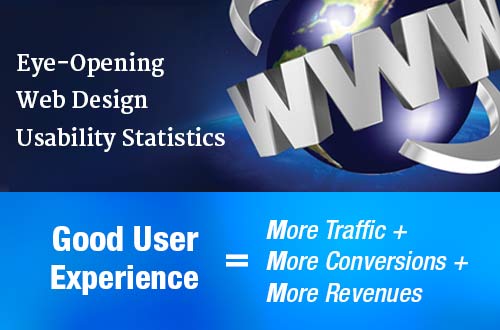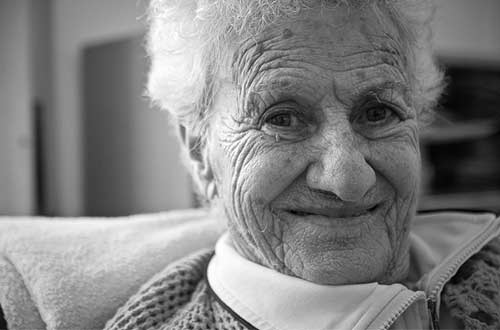Have you ever found a company’s social media presence a bit too robotic or too personal? Well, we have all seen it once or twice or perhaps over a dozen times. The worst part is that these underwhelming social media fails often stand out more than the brands that are doing everything right.
Facebook, Twitter, Instagram, Pinterest, Yelp, and more
With the expansion of social media not seeming to slow down anytime soon, home care agencies need to be aware of their online image and take proactive steps for maintaining a positive reputation on every social media outlet. If you think, ‘Seniors don’t Facebook’, you are in for a surprise! According to a recent research, 82% of baby boomers belong to at least one social media site, and a study at Colorado University revealed that baby boomers spend 27 hours per week online, which is 2 hours more per week than those who are between 16 and 34.
While you may be aware of the significance of social media in reaching out to your home care prospects, creating a successful social media marketing campaign isn’t that simple. The fear of committing mistakes in an unfamiliar environment holds back many home care agencies from using social media. If you do not want to find yourself in a social media mess, aggravated over why you cannot seem to grow an active following of prospects, here are a few tips on ‘what to do’ and ‘what not to do’ as your business takes flight
Do’s
Know your target audience:
Your social media accounts must be tailored to your client base, not your personal interests. Post stories which they can relate to and would like to read.
Be active, but do not over do it:
It is good to be active on social media, but only to the extent that it does not annoy or overwhelm people. Being over active may lead to 2 problems:
- Too much information can sometimes be the reason for your followers to unfollow your posts.
- Your posts may get lost in their newsfeeds and they wouldn’t see the information that could be really useful to them.
Always keep track of the time:
Post at various times to find when your followers are most active, and then continue to post during those times.
Maintain one voice:
Keep your message clear and consistent across all social media channels. This helps avoid confusion in the minds of your customers and prevents you from looking scattered.
Have a personality:
Bad posts lead to bad results. Be original and creative with your posts. Show your unique personality and what makes you stand out.
Don’ts
Do Not ‘Spam’:
A no brainer, really. If you’re engaging in spamming on social media sites, you’re clearly preparing for a quick death for your social media campaign. Social spamming is sure-fire way to lose your credibility faster than you’d imagine.
Do not neglect your profile(s):
Nobody likes following or even ‘fanning’ inactive profiles. To make your social media accounts work for your home care business, do not forget to keep them live and updated.
Do not drop ‘Search’ in favor of ‘Social’:
Your Social Media Marketing (SMM) efforts must complement your Search Engine Marketing (SEM) efforts. Do not make the mistake of choose just one over the other as they both hold equal value. So, build links and optimize your website while building your presence on social media.
Don’t rely on automation:
Humanize your home care brand to make the engagement experience for your customers more personable. You lose the personal touch if the customers feel like they are talking to a computer.
Don’t get ‘Comfortable’:
Try new things instead of sticking to just one approach to SMM (Social Media Marketing). To keep your audience interested, keep experimenting and tweaking your campaign. Introduce new, exciting features and build new links with other communities.
Apply these practices to your social media strategy to create a network as true to you as you want it to be.
(INFOGRAPHIC)
The Impact of Social Media on the Home care Industry
74% of internet users in the United States participate in social media, and 80% of them search for health-related information.
The Rapid Prevalence of Social Media Has Turned It Into A Strong Force In The Home care Industry – Potentially Influencing The Decisions Of Both Patients And Providers.
Impact on Patients
- 27% of patients comment or post status updates based on their health-related experiences.
- 29% of patients viewing health information on social media are viewing other patients’ experiences with their disease.
- 30% of adults are likely to share information about their health on social media sites with other patients, 47% with doctors, and 43% with hospitals.
Impact on Providers
- Out of 5,624 hospitals in the United States, 1,501 are using a form of social media, which is approximately 26%.
- An exploratory survey of 17 physicians (76% of whom were bloggers) identified the benefits of social media, including career advancement and staying up-to-date on the latest literature.
- In another survey involving 485 physicians, 24% were reportedly using social media at least once a day for ‘professional purposes’.
Impact on Patient-Provider Interactions
- A study focusing on adolescents with psychiatric illnesses indicated that social media allows for a less anxiety-provoking mode of communication (than face-to-face), constant access to providers, and more consistent monitoring.
Source: https://getreferralmd.com/2017/01/30-facts-statistics-on-social-media-and-healthcare/,
https://www.scoop.it/t/pharma-mkt










